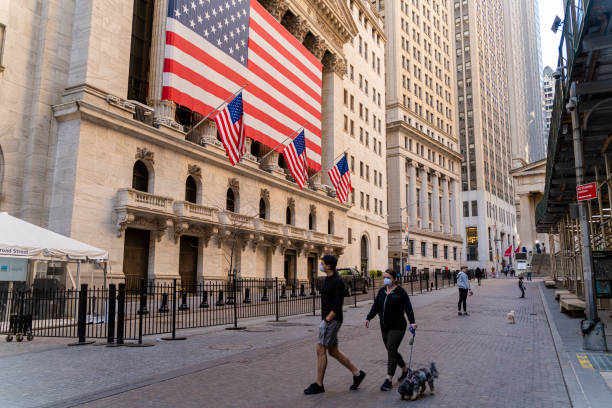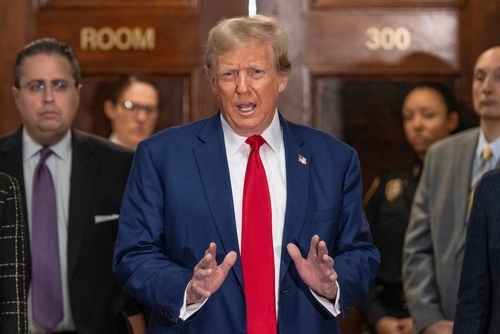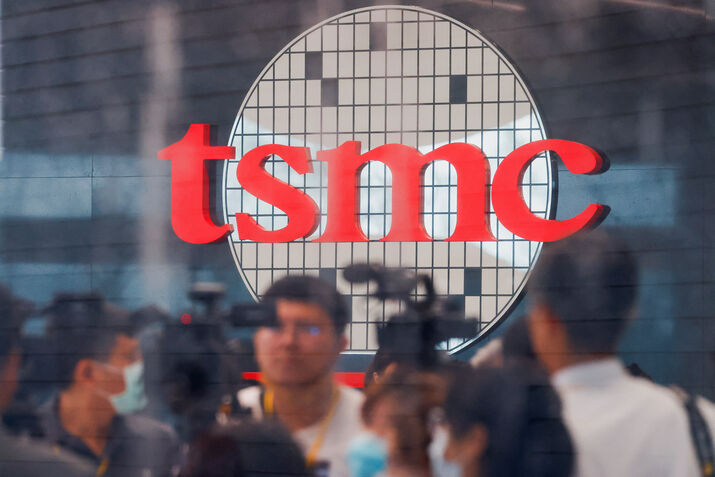[Reuters Analysis] Tariff shock less worrying than slow burn : Mike Dolan


By Mike Dolan
LONDON, April 2 (Reuters) - The still mysterious U.S. tariff sweep coming on Wednesday makes it tough for investors to see much beyond this week, but the real risk is more of a slow-burning U.S. market decline on some open-ended plan - seeding months more of uncertainty rather than a cathartic one-off.
Most medium-range market forecasting has simply been abandoned over the past week, as strategists have no tariff baseline to work with. Guesswork has ensued for the most part, while a lousy quarter-end funk descended on Wall Street and implied volatility gauges crept higher.
The size, shape and duration of the tariffs are all unknown, and the breadth of countries affected remains up in the air.
If the big announcement on Wednesday does come as some "crash, bang, wallop", that could at least clear the air on Wall Street, which has been on tenterhooks over the issue all year.
In fact, analysts looking at the elevated but relatively contained pricing of stock index volatility suggest that there's little left to come out on Wednesday that truly surprises and pushes those gauges up much further.
Maxwell Grinacoff, head of equity derivatives research at UBS, made the case on Tuesday that tariffs were now well priced into the S&P 500 .SPX index and that investors had substantially "derisked" in March by selling equity in lieu of hedging.
This trend led to sharp equity price declines, but a more modest reaction in "vol" .VIX, especially when compared to some of the periodic spikes in the "fear index" seen during the bull market of recent years.
"Volatility is now having its 'dirty-shirt' effect – it's already stained, so a little more 'mud' won't do much else," wrote Grinacoff, adding that VIX levels were likely to remain range-bound around 20 as a result.
MARKET LAUNDRY
The prospect of the tariffs announcement on Wednesday clearing the decks then could be considered a positive, but only if you're generally bullish about the U.S. economic outlook.
"We think the potential for even higher volatility from here is thus limited," Grinacoff added. "Unless the U.S. falls into recession territory over the coming months/quarters - albeit not our base case."
Absence of recession is a big caveat.
Goldman Sachs joined JPMorgan this week in arguing that the chance of recession in the U.S. over the next 12 months has risen markedly. Goldman gives it slightly more than a one-in-three chance, a tick below the 40% JPMorgan now sees.
What's more, GDP models are already indicating a first-quarter contraction. The Atlanta Fed's headline "GDPNow" forecast is pointing to a whopping 3.7% annualized shrinkage of national output in the first three months of this year. Some of that is clearly distorted by gold imports, but the Atlanta Fed's gold-adjusted estimate is now clocking a contraction of 1.4%.
High-frequency data on Tuesday did little to brighten the mood. ISM's manufacturing survey for March showed the factory sector slipped back into contractionary territory, and falling job openings suggest cracks are appearing in the once-watertight labor market.
And no matter what happens this week, markets are still likely to face lingering doubts about the trade war endgame and the unknowable lagged effects of the import levies on prices, demand, hiring and activity. So it's hard to see how the tariff boil gets lanced this week.
U.S. President Donald Trump's administration retains the right to extend, hike, postpone or even cancel the tariffs as part of its high-pressure dealmaking on a range of thorny issues with both allies and rivals.
And it is also impossible to know how the rest of the world will react and retaliate to the U.S. actions, a factor in the looming trade war that is often underplayed.
So economists should have more to work with after Wednesday, but crystal clarity may be stretching it.
And it's this long-term uncertainty and gradual economic weakening - a slow burn - that may be truly corrosive for already bruised and still expensive equity markets.
The opinions expressed here are those of the author, a columnist for Reuters







